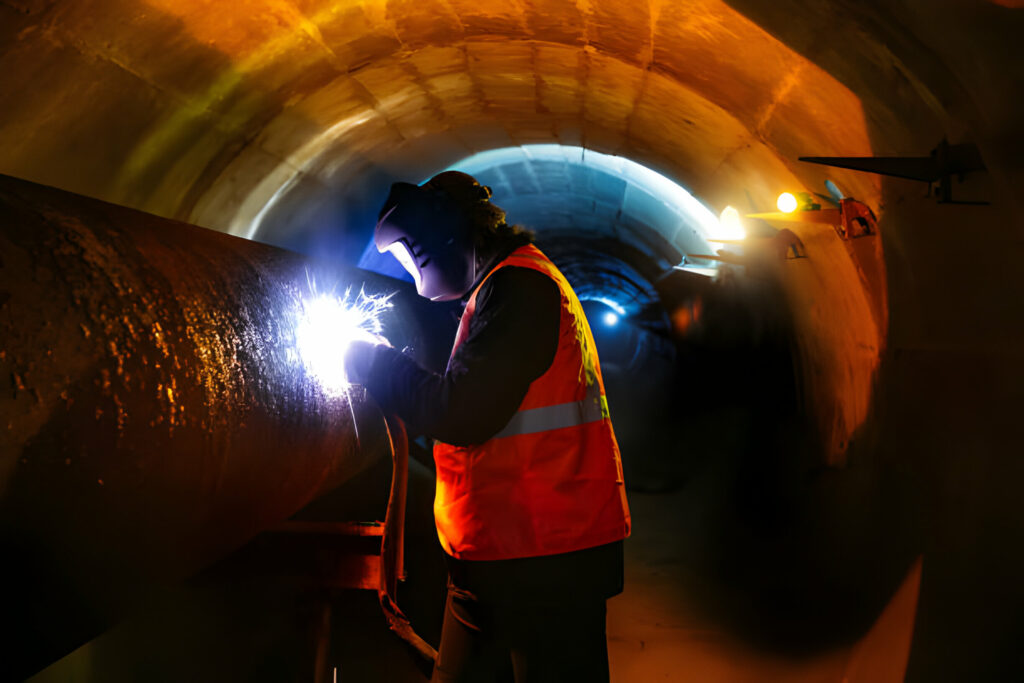Project Planning
Discuss the initial stages of challenge making plans and location choice for underwater construction projects.
Discuss the initial stages of challenge making plans and location choice for underwater construction projects.
- Explore elements consisting of water intensity, seabed geology, environmental rules, and accessibility that have an effect on website suitability and construction feasibility.
Examine the engineering and layout section of underwater production tasks, where architects, engineers, and marine professionals collaborate to broaden distinct plans and specs.
Highlight using advanced laptop-aided layout (CAD) software, finite element evaluation (FEA), and computational fluid dynamics (CFD) simulations to optimize designs and expect performance below varying conditions.
Highlight the significance of carrying out comprehensive website online surveys, geological tests, and environmental effect studies to tell challenge layout and mitigate dangers.
Discuss the specific challenges of designing systems for underwater environments, consisting of hydrodynamic forces, corrosion protection, and structural balance.
Discuss traditional techniques inclusive of open-cut excavation, caisson construction, and pile riding, in addition to current strategies including tunnel dull machines (TBMs), hydraulic dredging, and subsea welding.
![[GetPaidStock.com]-65e045d1764b8 [GetPaidStock.com]-65e045d1764b8](https://closetotheborder.com/wp-content/uploads/elementor/thumbs/GetPaidStock.com-65e045d1764b8-ql96jwprmnyv3y3gmvcff68fcz10nrqq96yc67i0fs.jpg)
![[GetPaidStock.com]-65e045eb8aa3b [GetPaidStock.com]-65e045eb8aa3b](https://closetotheborder.com/wp-content/uploads/elementor/thumbs/GetPaidStock.com-65e045eb8aa3b-ql96kqslpd41fgvrr8chmyn6dawri3251btvj29ewo.jpg)
![[GetPaidStock.com]-65e0460345e32 [GetPaidStock.com]-65e0460345e32](https://closetotheborder.com/wp-content/uploads/elementor/thumbs/GetPaidStock.com-65e0460345e32-ql96lqigx2gxonfvynsb9pmoxy0pmkzxu8mbrksgc8.jpg)
Examine the inspection, testing, and commissioning phase of underwater creation tasks, in which finished systems go through rigorous best guarantee and verification procedures. Discuss non-adverse checking out (NDT) strategies, structural integrity checks, and leak detection tests used to ensure the safety and reliability of underwater infrastructure.
Significance

Underwater production is a complex and multifaceted method that requires careful making plans, particular execution, and ongoing protection to make certain success. By knowledge the key ranges, strategies, and concerns concerned in underwater construction initiatives, stakeholders can navigate the challenges of building beneath the waves and deliver sustainable, resilient infrastructure that meets the needs of society even as keeping the integrity of marine ecosystems. Through innovation, collaboration, and a dedication to first-class practices, the destiny of underwater construction holds big capability for addressing worldwide challenges and unlocking new opportunities for exploration and improvement underneath the sea.
